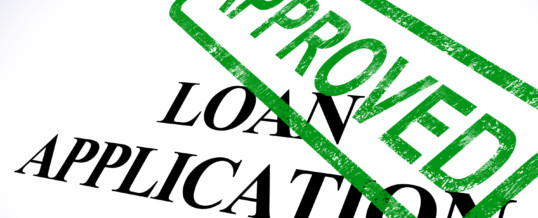
In this market with limited inventory and multiple buyers competing for the same property, it is critical that you, as a buyer, are ready, willing, and able to compete. This not only goes for making sure you put your best foot forward when making an offer by limiting contingencies, offering a competitive price, and adding extras such as flexible closing dates, but it also means that you need to be ready to show the seller that you are a very serious buyer and have all your ducks in a row when it comes to financing.
Although it is more favorable to sellers to not have an offer contingent on the buyer securing a mortgage, that just isn’t feasible for some buyers and it may not be in your best interest. If waiving a mortgage contingency isn’t something that you are comfortable with for your strategy and you are indeed getting a mortgage, then your best bet is to get pre-approved from your lender. You want to make sure the lender has underwritten you as a borrower and all that is left is to verify the home value after the offer is made.
You may be wondering what the difference is between a “pre-qualification” or a “pre-approval”. A pre-qualification is merely an informal estimate of your income, assets and present debt to estimate the approximate price range you should be looking in for your new home. But a pre-approval means the lender is prepared to offer you a loan of up to a certain amount based on your credit, employment, and income and has determined what loan program is the best fit for you.
Here are some of the items that I recommend buyers do in order to get pre-approved:
- Do a credit check before applying – This will give you an opportunity to clean any errors up before meeting with a lender. Even if your credit is good, mistakes are made all the time by retailers and institutions who make errors on names or social security numbers. These are errors you can clean up on your own before applying.
- Provide the paperwork – The lender will need a number of documents from you including:
- Asset and investment statements
- Bank account statements
- Credit card statements
- Auto loan statements
- Pay stubs for the last two months
- Verification of other income sources
- Tax returns and W-2s for the past two years
- Form of ID
- And, of course, the mortgage application!
The lender may ask for additional documents, but this will get you started.
- Don’t make any large purchases or move money without speaking with your lender – Don’t make the mistake of throwing your approval away with the purchase of a couch or outdoor furniture. Wait until your home is officially yours.
Meeting with a lender can feel overwhelming, but it is a critical step if you are buying and getting a mortgage. When you are ready to make a move, please reach out: (253) 222-2626 or email: john@altitude-re.com
JUN
2017

About the Author:
With over ten years of office management experience Tara is very eager and equipped to take on any challenge presented to her. She is detail oriented and uses her passion for customer service to ensure every client feels welcomed and taken care of. She utilizes her outstanding interpersonal and analytical skills to communicate with the Altitude Team to more effectively and efficiently maximize your buying or selling experience.